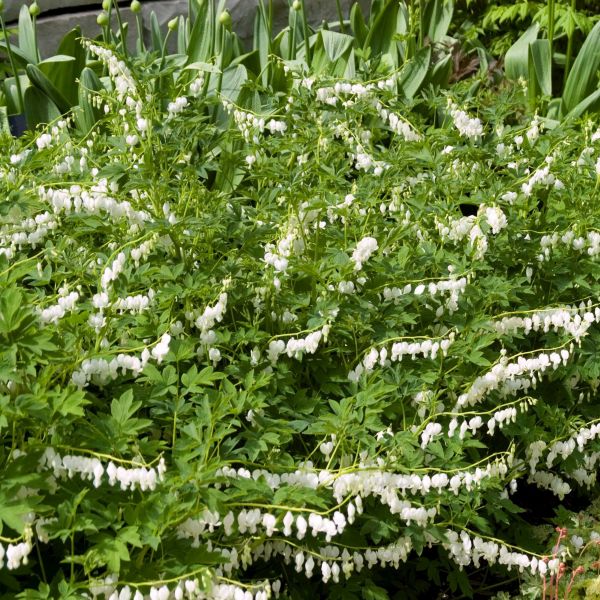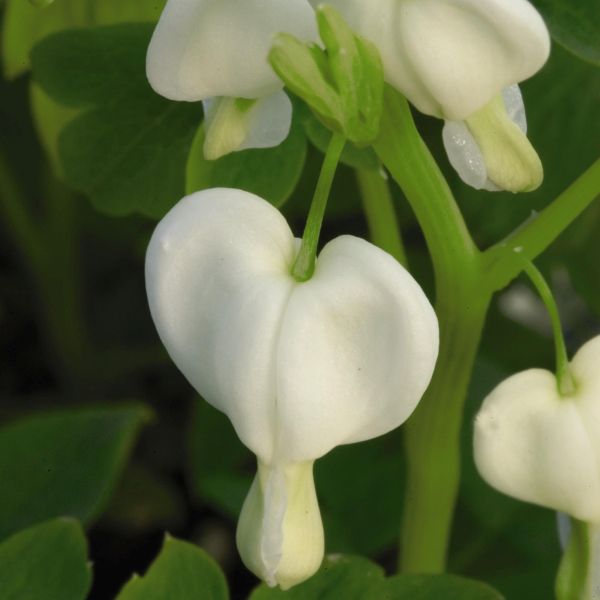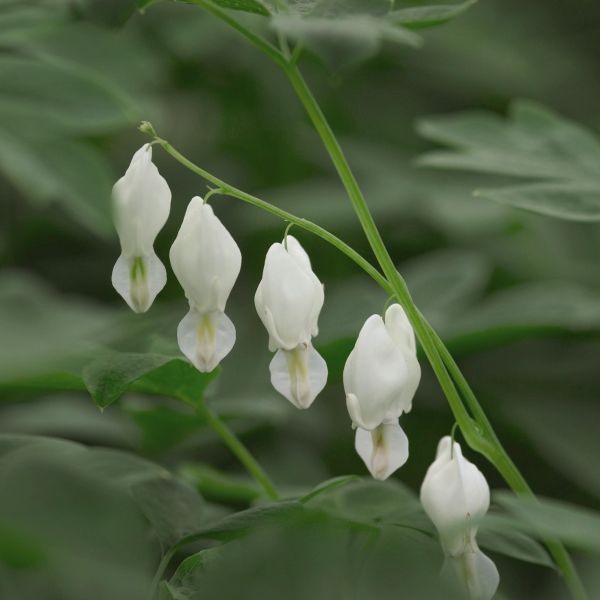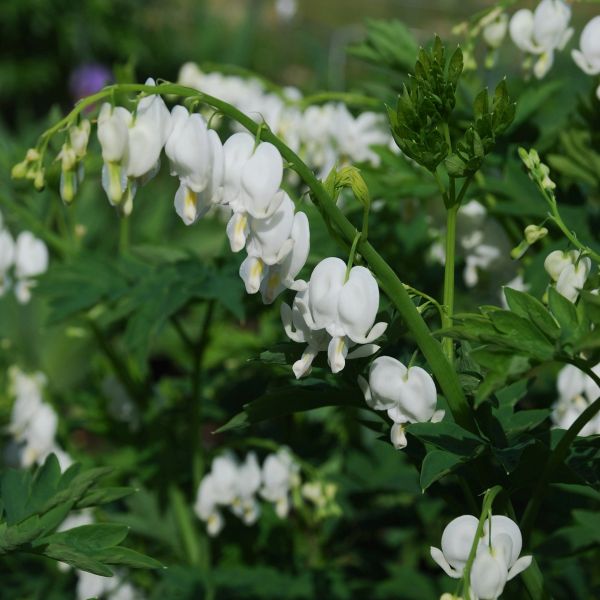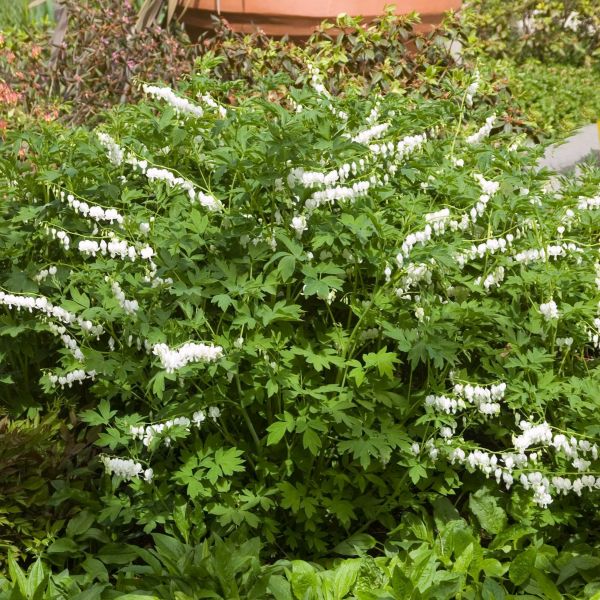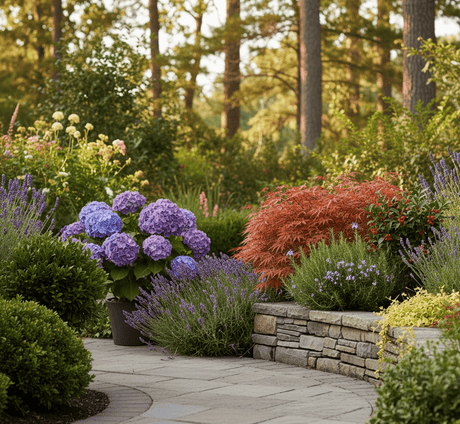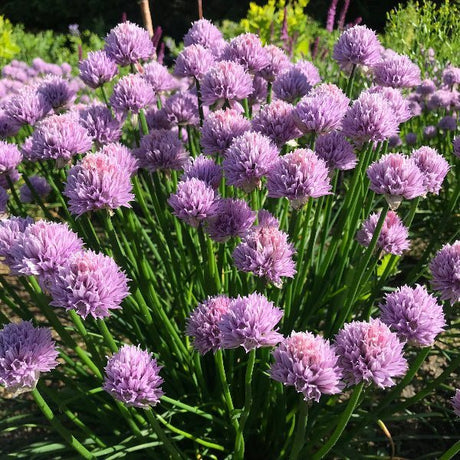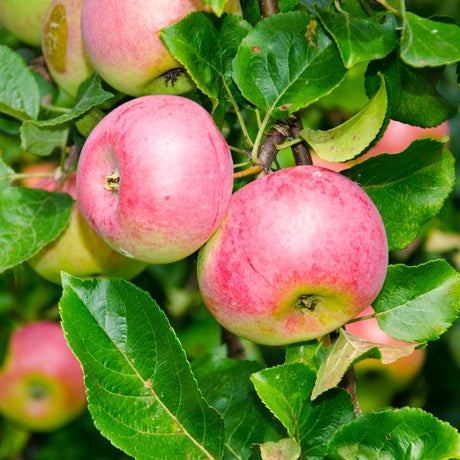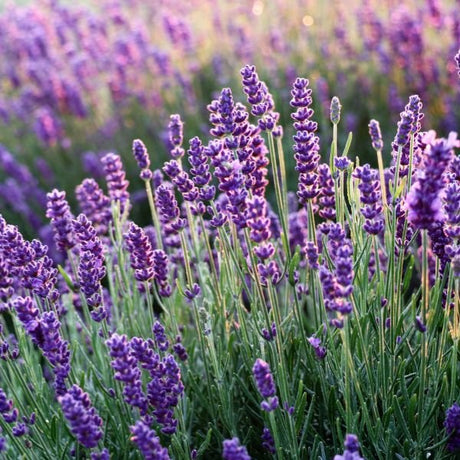White Bleeding Heart
Dicentra spectabilis 'Alba'
- Stay Protected with Plant Sentry ™
White Bleeding Heart is backordered and will ship as soon as it is back in stock.
Plant Sentry™
Plant Sentry™

Plant Sentry™ Protected
Your order is protected by our compliance system that:
- Prevents restricted plants from shipping to your state
- Ensures plants meet your state's agricultural requirements
- Protects gardens from invasive pests and diseases
Delivery and Shipping
Delivery and Shipping
Delivery and Shipping
Fast, Safe Plant Delivery
Ships in 3-4 business days • Tracking provided • Weather protected
| Under $50 | $9.99 |
| $50 - $99.99 | $14.99 |
| $100 - $149.99 | $16.99 |
| $150+ | $24.99 |
✓ Zone-specific timing • ✓ Professional packaging • ✓ Health guarantee
Understanding Plant Options
Nature Hills offers plants in two main formats:
- Container Plants: Grown in pots with soil, sized by container volume and plant age
- Bare Root Plants: Dormant plants without soil, sized by height measurements
Container Plant Sizes
Container sizes indicate plant age and growing capacity rather than liquid volume equivalents. Our containers follow industry-standard nursery "trade gallon" specifications, which differ from standard liquid gallon measurements.
Young Plants (6 months to 18 months old)
| Container Size | Actual Volume | Metric Equivalent |
|---|---|---|
| 2" x 2" x 3" | 0.18 - 0.21 dry quarts | 0.20 - 0.23 dry liters |
| 4" Container | 0.31 - 0.87 dry quarts | 0.35 - 0.96 dry liters |
| 4.5" Container | 0.65 dry quarts | 0.72 dry liters |
| 6" Container | 1.4 dry quarts | 1.59 dry liters |
| 1 Quart | 1 dry quart | 1.1 dry liters |
| 5.5" Container | 1.89 dry quarts | 2.08 dry liters |
Established Plants (18 months to 2.5 years old)
| Container Size | Actual Volume | Metric Equivalent |
|---|---|---|
| 2 Quart | 2 dry quarts | 2.2 dry liters |
| #1 Container | 2.26 - 3.73 dry quarts | 2.49 - 4.11 dry liters |
| 5" x 5" x 12" | 3.5 - 4.3 dry quarts | 3.85 - 4.74 dry liters |
Mature Plants (2-4 years old)
| Container Size | Actual Volume | Metric Equivalent |
|---|---|---|
| #2 Container | 1.19 - 1.76 dry gallons | 5.24 - 7.75 dry liters |
| #3 Container | 2.15 - 2.76 dry gallons | 8.14 - 12.16 dry liters |
Large Plants (3-5 years old)
| Container Size | Actual Volume | Metric Equivalent |
|---|---|---|
| #5 Container | 2.92 - 4.62 dry gallons | 12.86 - 20.35 dry liters |
| #6 Container | 5.25 - 6.01 dry gallons | 23.12 - 26.42 dry liters |
| #7 Container | 5.98 - 6.53 dry gallons | 26.34 - 28.76 dry liters |
Bare Root Plants
Bare root plants are sold by height from the root system to the top of the plant. Plants may exceed minimum height requirements.
Common Sizes:
- Trees: 1 foot, 2 feet, 3 feet, 4 feet, 5 feet, 6 feet
- Shrubs & Perennials: 1 foot, 18 inches, 2 feet
Important Notes
Container Volume Specifications
- Trade Gallon Standard: Our containers follow industry-standard "trade gallon" specifications established by the American National Standards Institute (ANSI Z60.1) for nursery stock
- Volume Variations: Actual soil volume may vary due to plant root systems and growing medium settlement
- Age Indicators: Container size primarily indicates plant age and maturity rather than liquid volume equivalents
Growing Conditions
- Plant size can vary based on variety and growing conditions
- Container size helps indicate plant maturity and establishment level
- Larger containers generally mean more established root systems and faster landscape establishment
Seasonal Availability
- Bare root plants are available seasonally when dormant
- Container plants are available throughout the growing season
- Specific varieties may have limited availability in certain sizes
Questions?
For questions about specific plant sizes or availability, please contact our plant experts who can help you choose the right size for your landscape needs.
Plant Highlights
White Bleeding Heart highlights at a glance!
-
Plant Class
-
Botanical Name
-
Brand
-
Growing Zones3, 4, 5, 6, 7, 8
-
Growth RateFast
-
Mature Height
-
Mature Width
-
Leaf Color
-
Flower Color
-
Fall Color
-
Pollinator FriendlyYes
-
Pollinator Required
-
Bloom PeriodEarly Spring
Characteristics
Where To Plant
When To Prune
- Late Spring
Water & Moisture Needs
- Moderate
Sunlight Needs
Soil Needs
- Widely Adaptable

Growing Zones 3-8
White Bleeding Heart - Shop Now | Nature Hills
Pure hearts in bloom! The White Bleeding Heart (Dicentra spectabilis 'Alba'), also known as the Alba Bleeding Heart, Dicentra Spectabilis Alba, or Bleeding Heart Spectabilis 'Alba'. It is a fast-growing, old-fashioned perennial that turns shady corners into glowing works of art. Its elegant white, heart-shaped flowers dangle gracefully from arching stems above bright lime-green, fern-like foliage. Blooming from May through September, this beloved plant attracts butterflies and makes exquisite cut flowers for romantic arrangements.
This White Bleeding Heart perennial thrives in partial to full shade and offers a soft, luminous contrast to deeper green foliage. As the season warms, its airy foliage naturally goes dormant, so plant it alongside Hostas or Ferns that fill in later. Low-maintenance, disease-resistant, and timelessly charming, this shade garden classic is as graceful as it is dependable.
>>Jump to Planting & Care Instructions
Key Features
- Pure white, heart-shaped flowers on arching stems
- Bright lime-green, fern-like foliage adds fresh contrast
- Attracts butterflies and makes beautiful cut flowers
- Blooms from spring through late summer
- Heat and disease-resistant, low-maintenance
- Ideal for shady borders and woodland gardens
Landscaping Uses
Bring glowing color and romantic charm to your shaded spaces with the White Bleeding Heart. Mature plants reach about 24–36 inches tall and wide, forming soft mounds that blend perfectly into woodland borders or cottage-style gardens.
- Woodland and shade borders
- Mixed perennial beds with Hostas and Ferns
- Under trees or large shrubs
- Cottage-style and pollinator gardens
- Cut flower gardens
Care & Maintenance
Hardy in USDA zones 3-9, the White Bleeding Heart plant is an herbaceous perennial that naturally goes dormant in summer. This heat-tolerant, shade-loving variety thrives in moist, humus-rich soils and is resistant to disease and garden pests.
- Planting Time: Spring or fall
- Sun Requirements: Partial to full shade; protect from direct afternoon sun
- Soil Requirements: Moist, well-drained, organic-rich soil; avoid dry or compacted areas
- Moisture Needs: Keep evenly moist, especially during the first year; use the Finger Test to check soil moisture
- Mulch: Apply a 3–4 inch layer of organic mulch to retain moisture and cool roots (learn more here)
- Fertilization: Feed with a balanced, slow-release fertilizer in early spring or add compost annually
- Pruning: Trim spent flower stems and remove yellowing foliage as it goes dormant
- Division: Divide every 3–4 years in early spring or fall to rejuvenate clumps
- Special Perks: Deer and rabbit resistant, butterfly friendly, and naturally disease resistant
- May experience summer dormancy in soaring heat and sunnier locations.
- Read more care info here!
Don’t forget to order your Nature Hills Root Booster for lifelong mycorrhizal root support.
White Hearts, Green Dreams
Bring home the elegance of the White Bleeding Heart and let its pure blooms and lime foliage brighten your shade garden all spring and summer. Easy, graceful, and irresistible, it’s a must for gardeners who adore timeless charm. Order your White Bleeding Heart (Dicentra spectabilis 'Alba') from Nature Hills Nursery today and enjoy the romance of Ma Nature’s finest perennial!
FAQs
Is the White Bleeding Heart the same as Bleeding Heart Spectabilis 'Alba'?
Yes! The White Bleeding Heart, also known as Dicentra spectabilis 'Alba' or Alba Bleeding Heart, is a white-flowering form of the traditional pink Bleeding Heart.
Is the White Bleeding Heart deer resistant?
Yes, this perennial is naturally deer and rabbit-resistant, making it ideal for woodland gardens and shady borders.
Does the White Bleeding Heart come back every year?
Absolutely. It’s a hardy perennial that returns each spring, then goes dormant after blooming in summer.
Can the White Bleeding Heart grow in full sun?
It prefers partial to full shade. Too much direct sun can cause the foliage to scorch or fade early.
What plants go well with White Bleeding Heart?
Hostas, Ferns, Astilbes, and Heucheras make beautiful companions. They fill in after the Bleeding Heart Spectabilis 'Alba' naturally goes dormant.

